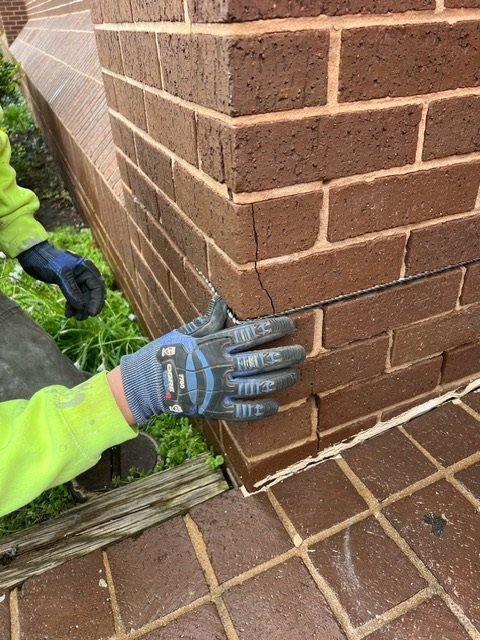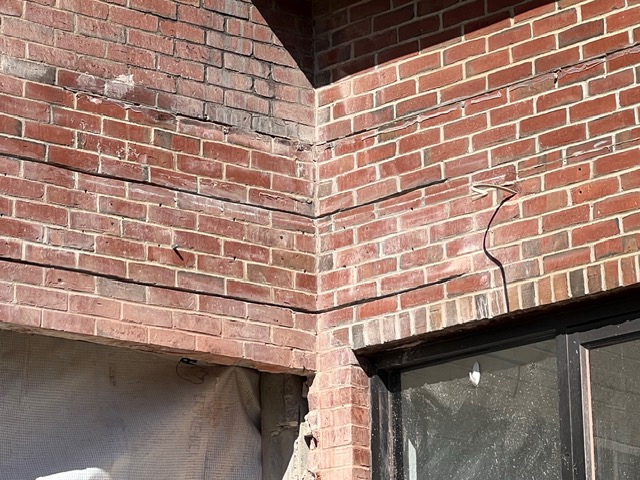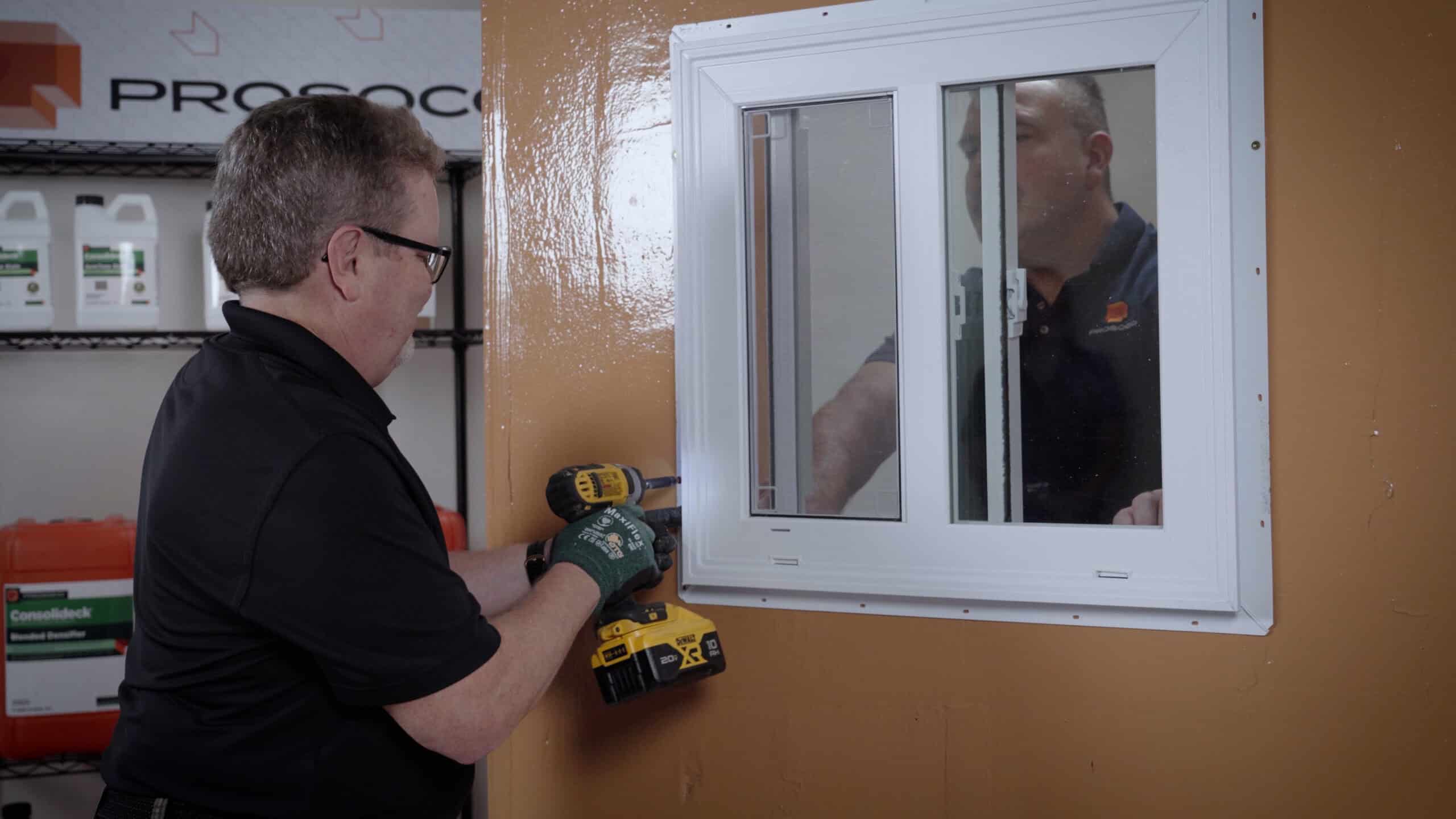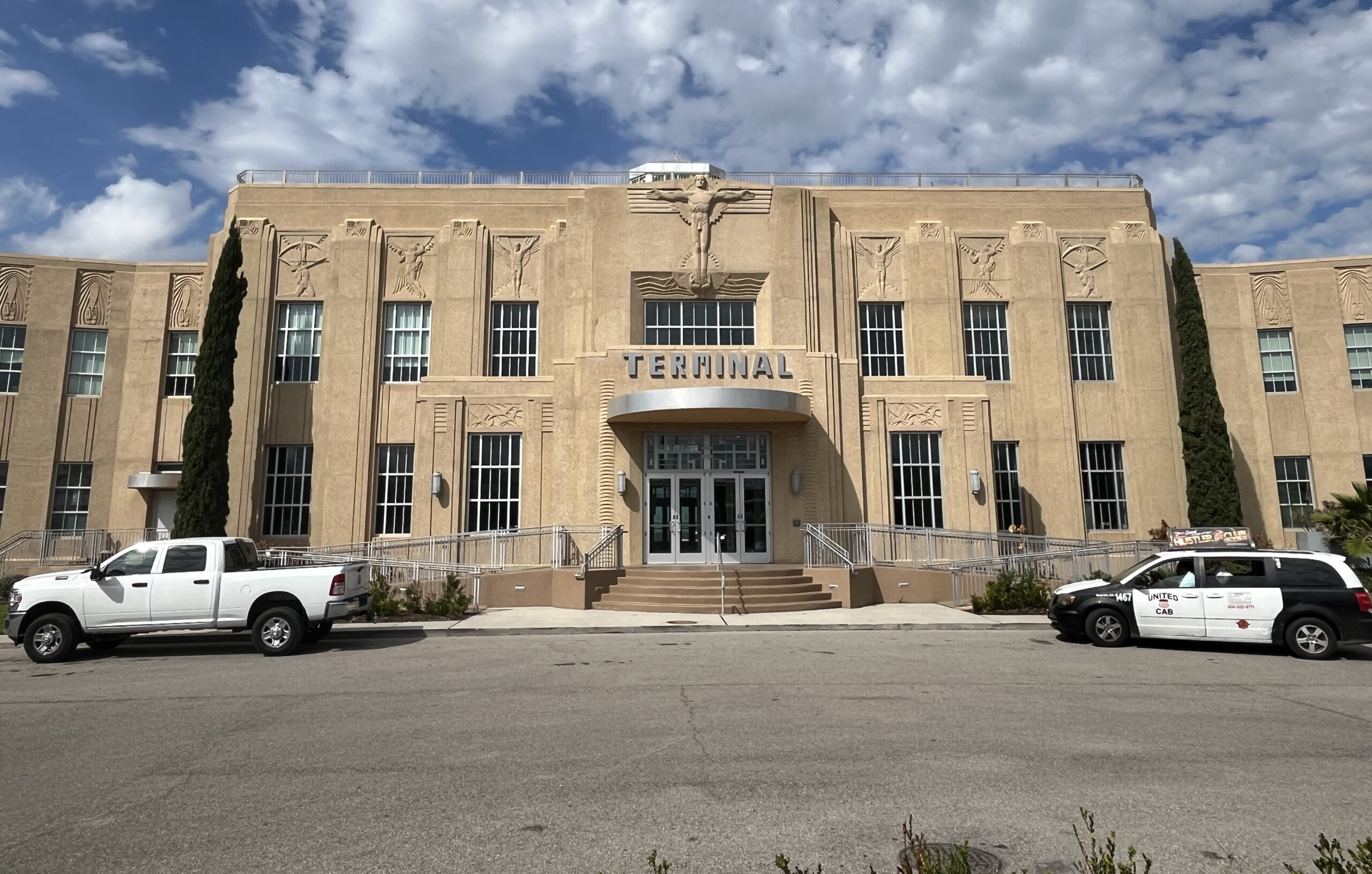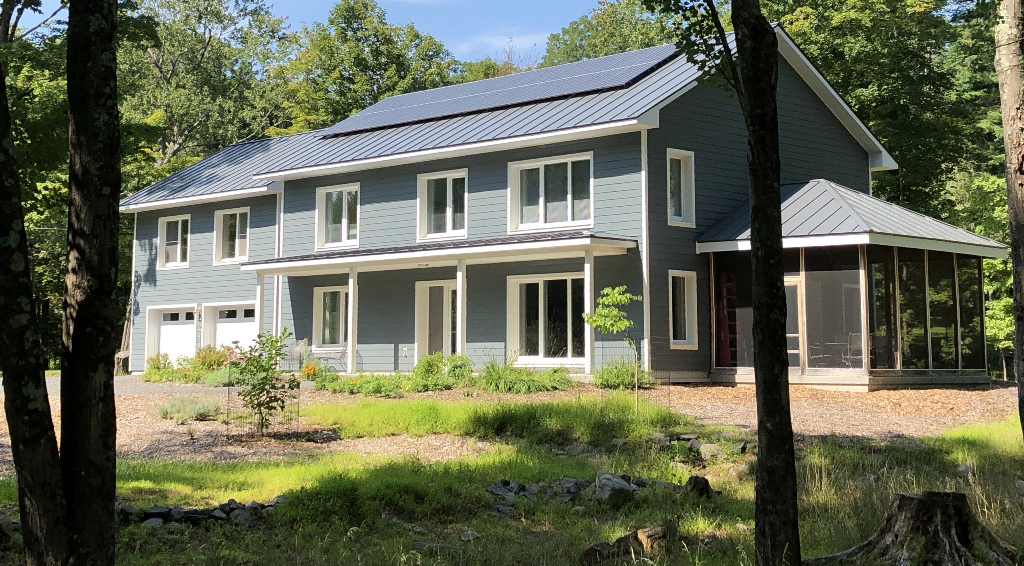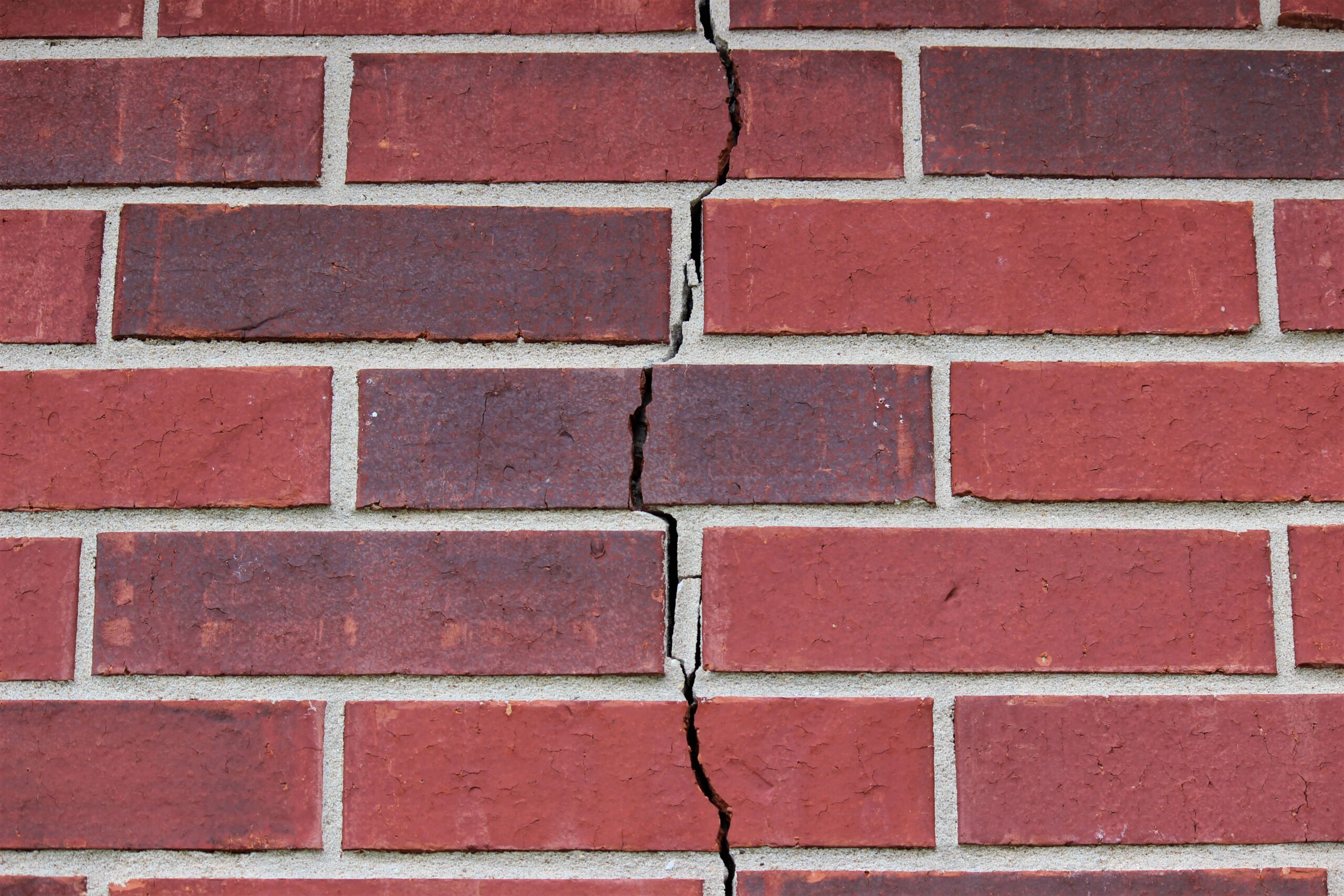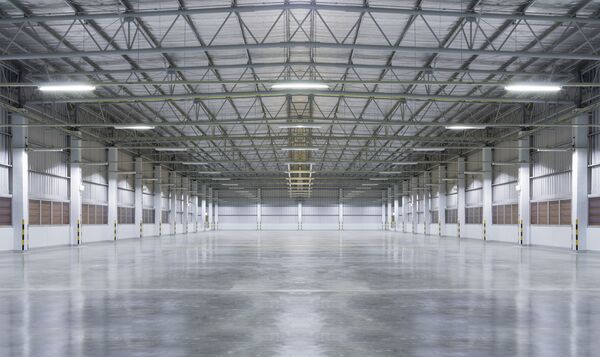Cracks happen. Some more severe, some less. Some are stairstep, some are vertical. Either way, cracks in brick can lead to major structural problems and concerns of life safety.
Crack-stitching solves it.
At this post office in Washington, D.C., crews for Pullman Services recently used PROSOCO Stitch-Ties to perform a crack-stitch and restore the building's cracked brick exterior. John Montecalvo, Technical Specialist for PROSOCO, was on the scene to answer any questions and document the process.
"Helical beaming is made to hold stuff up. Crack-stitching is made to hold things together."
Crack-stitching is different from helical beaming, a method that uses PROSOCO's Stitch-Tie Bars to economically repair and restore exterior masonry facades. What's the difference?
"Helical beaming is made to hold stuff up," Montecalvo says. "Crack-stitching is made to hold things together."
Crack-stitching ties the wall into itself, he adds.
The gist of crack-stitching is this:
"Say you have a solid wall with cracks in the middle," Montecalvo explains. "That means effectively that you have two walls that are independent of one another. Crack-stitching makes it solid again. It makes a complete wall, and ties it back in to the other wall."
Crack-stitching works on vertical or stairstep cracks.
When stitching cracks on masonry, the bars are typically installed where they extend 20 inches past the crack on each side. On the post office project pictured in the photos, the crack was right near the corner, so the bars were then bent 90 degrees onsite, allowing it to grab the masonry around the corner.
"The reason you go past the crack is when the bars are installed, they extend into the nearby masonry, grabbing hold of the whole wall. The holding power of the adhered reinforcing is much greater than a repair that only injects epoxy into the crack.
Pullman crews used 6-mm, 40-inch Stitch-Ties, which are shorter than the ones used in helical beaming. Helical beaming also uses two bars, whereas crack-stitching takes one bar installed every foot going vertically.
To employ the crack-stitching method on a wall, you first grind out the joint in the area where the crack is to a 1.5-inch depth, put the Stitch-Tie in the joint, fill the joint with SureGrout S, and you're done. If the bricks are cracked, it may be recommended to remove those bricks and put new bricks in.
![]()











